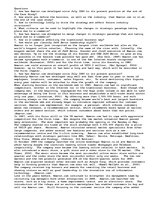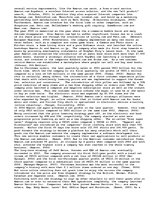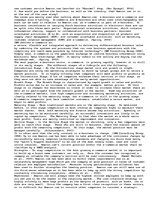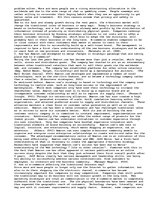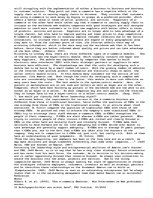7. How would you classify Jeff Bezos leadership style??
As mentioned before, the requirements for success in the e-commerce business are different from those in traditional business, hence differ the qualities of CEOs in the new economy from those of CEOs in the traditional economy. In an article about chief executives, G. Colvin compared the qualities of traditional CEOs with those of new economy CEOs. He pointed out that to achieve the company's aims traditional CEOs (t-CEOs) try to encourage their staff whereas e-commerce CEOs (e-CEOs) evangelise the people in their community. T-CEOs are alert whereas e-CEOs are rather paranoid. When trying to convince people of their visions t-CEOs are cordial and clearly focused e-CEOs on the other hand are brutally frank and intensely focused. T-CEOs make fast decisions to move forward and do not like ambiguity but e-CEOs decide even faster to take advantage and generally support ambiguity. E-CEOs are in average 20 years younger than t-CEOs and, due to the fact that e-CEOs are often also the founders of the company, they are in comparison to t-CEOs not just rich, but really rich. Both of them have an understanding of good judgements. (G. Colvin, 1999)
"From the very beginning, our emphasis has been on the long term and as a result, we may make decisions and weigh tradeoffs differently than some other companies...." (Jeff Bezos, CEO and founder of Amazon, 1997)
…

